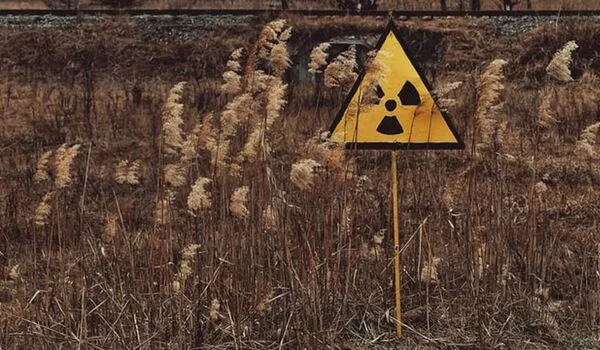Researchers discovered that after the Fukushima nuclear disaster, soil decontamination efforts resulted in constant, high levels of suspended river sediment downstream, but a rapid decrease in the amount of particulate radiocesium. Furthermore, rapid vegetation recovery reduced the duration of unsustainable sediment effects. Future remediation projects should evaluate the natural restoration ability of local landscapes and include revegetation measures to mitigate the effects on downstream environments.
Despite soil purification efforts made in the aftermath of the Fukushima nuclear disaster, researchers discovered that the amount of particle radiocesium rapidly decreased while suspended river sediment levels remained consistently high upstream. Furthermore, the rapid regrowth of vegetation reduced the duration of unsustainable sediment impacts. Future cleanup efforts should assess the natural capacity of the area landscapes for restoration and employ appropriate revegetation techniques to reduce the impact on downstream habitats.
Tsukuba University researchers discovered that soil decontamination efforts in Fukushima result in constant, high levels of suspended sediments and a rapid decline in radiocesium particles, and that rapid vegetation recovery reduces the duration of unsustainable turbidity effects.
Our findings showed that mechanical decontamination upstream resulted in continuous high levels of suspended sediment downstream, but with lower radiocesium concentrations, and that rapid vegetation recovery can reduce how long these unsustainable effects persist.
Professor Yuichi Onda
Decontamination efforts must take into account the effects of increased sediment load in rivers during the recovery phase following a nuclear accident. Japanese researchers discovered that with some planning, the unsustainable effects of these efforts could be mitigated.
In a study published this month in Nature Sustainability, a research group led by the University of Tsukuba has revealed that although the initial effects of increased sediment load in rivers caused by the Fukushima decontamination efforts were unsustainable, several factors worked in the region’s favor to reduce these effects.
The nuclear disaster at Japan’s Fukushima Daiichi Nuclear Power Plant on March 11, 2011, released a large amount of radiocesium into the landscape, resulting in long-term radioactive contamination of large nearby water catchments. The Japanese government used mechanical decontamination, which is used to recover contaminated areas such as Chernobyl, at Fukushima in the year following the accident.
“Previously, the focus was primarily on understanding on-site decontamination effects and issues caused by the resuspension of atmospheric particles,” says the study’s corresponding author, Professor Yuichi Onda. “There was little evidence that these disturbances had long-term, secondary effects on downstream catchments.”

The researchers conducted a thorough impact assessment to investigate these effects. They discovered that the risk of regional erosion increased during the decontamination phase but decreased during the subsequent revegetation stage. In 2016, the level of suspended sediment increased by slightly more than 237% when compared to 2013. The slow increase in sediment from decontaminated areas resulted in a rapid decline in particulate radiocesium, but there were no significant changes in radiocesium discharge downstream after decontamination, according to modeling.
However, because constant, high levels of turbidity (the measure of water cloudiness or haziness) in rivers affects water use by local residents and the structure of regional aquatic food chains, the unsustainable downstream effects caused by upstream decontamination are of major importance. Vegetation recovery following land development depends considerably on local conditions; both Fukushima’s high rainfall level and the soil used for decontamination enabled fast vegetation recovery, shortening the duration of such effects.
“Our findings showed that mechanical decontamination upstream resulted in continuous high levels of suspended sediment downstream, but with lower radiocesium concentrations, and that rapid vegetation recovery can reduce how long these unsustainable effects persist,” Professor Onda says.
This study emphasizes the need for future remediation projects to include measures such as a pre-assessment of local landscapes’ natural restoration capacity and, where necessary, the inclusion of appropriate revegetation steps in catchment regulatory frameworks, which would reduce the effects of long-term decontamination activities on downstream environments.





